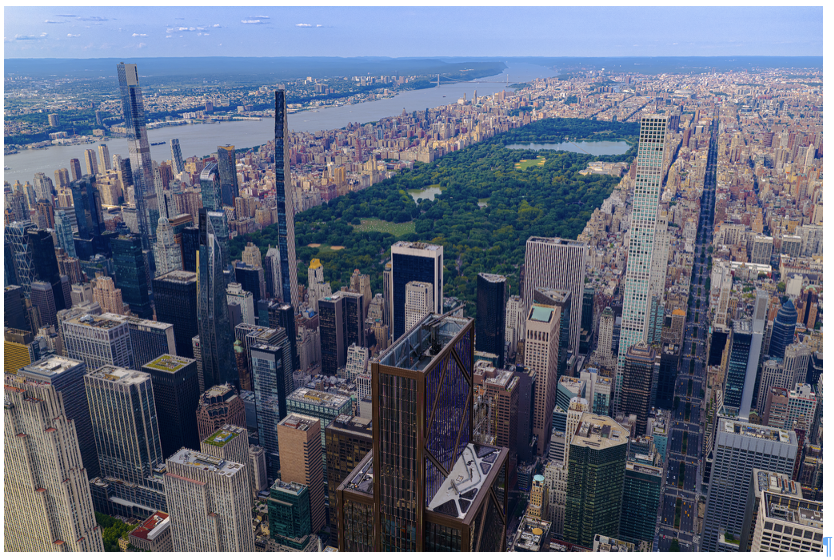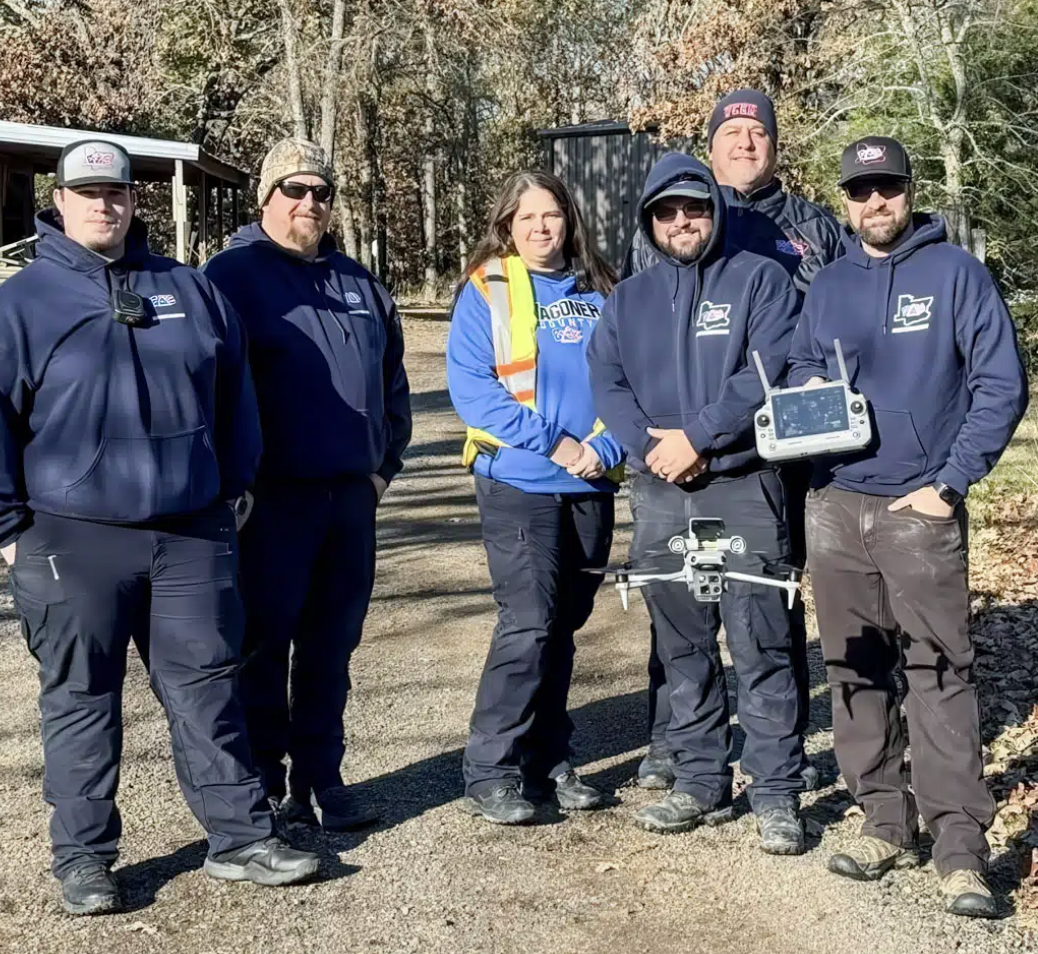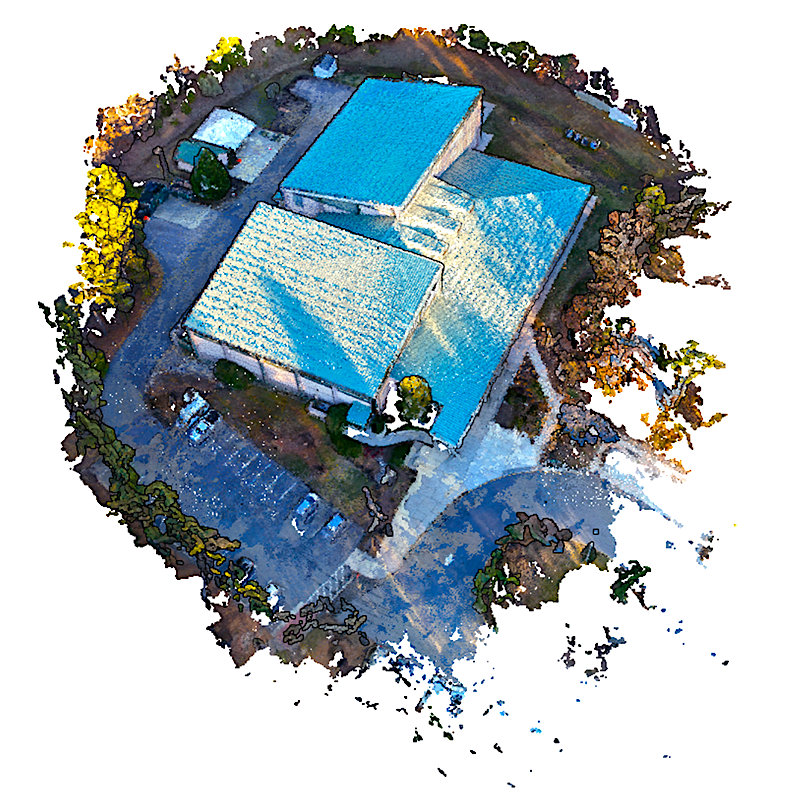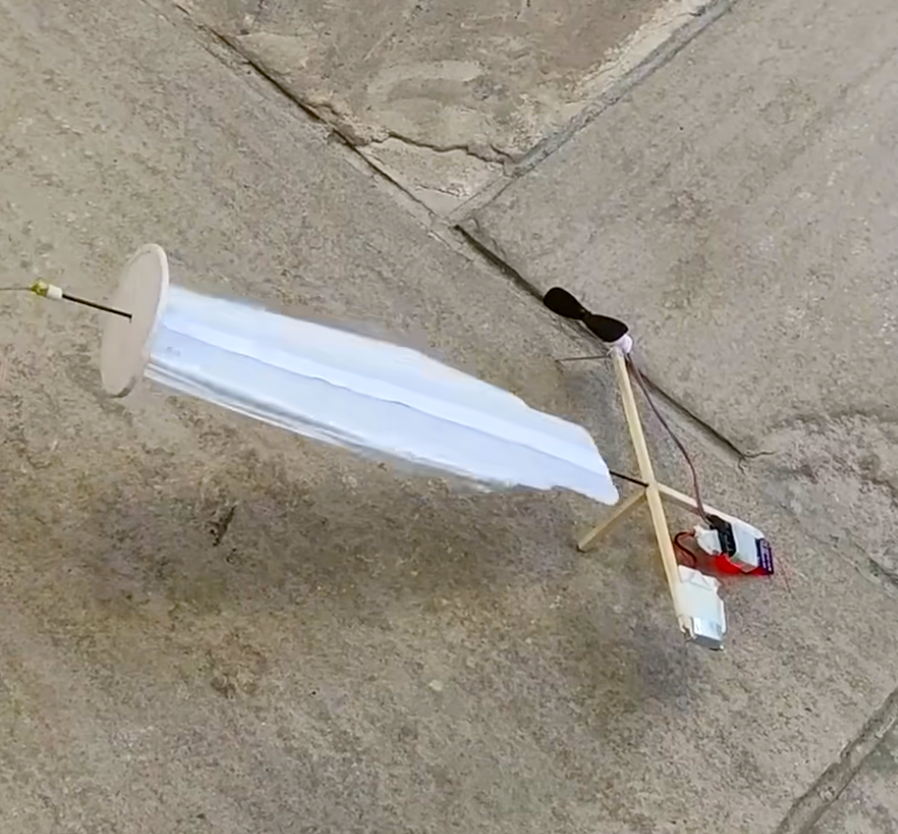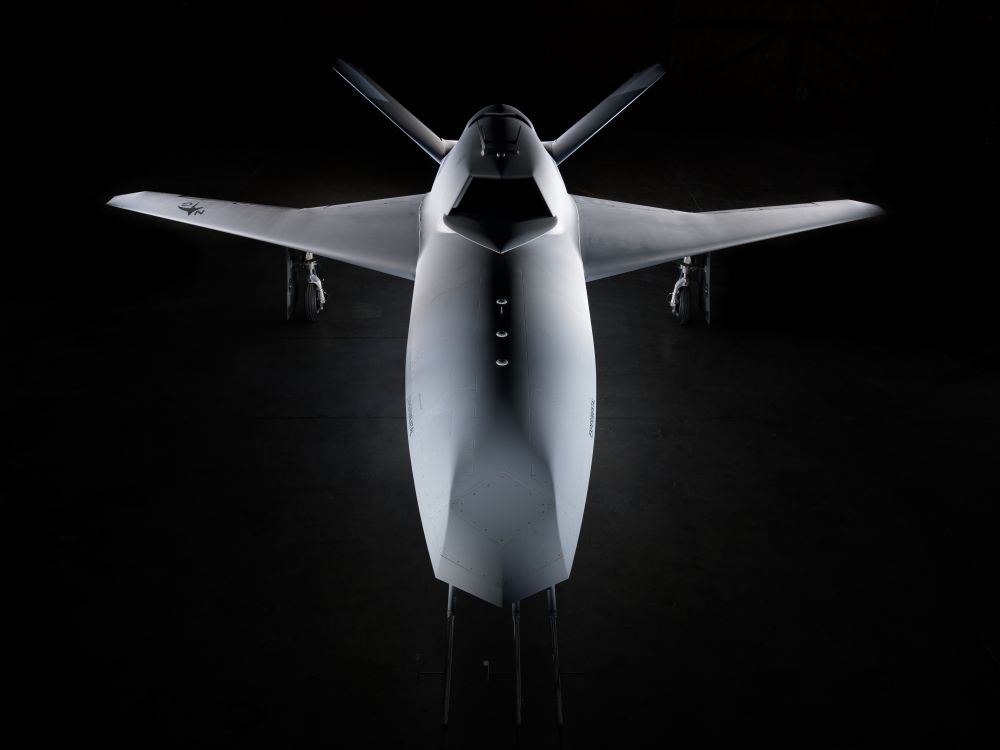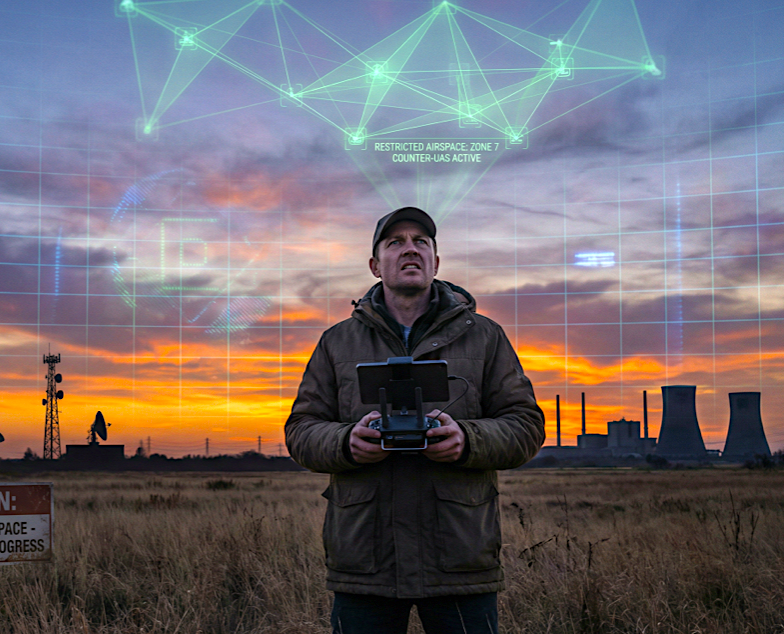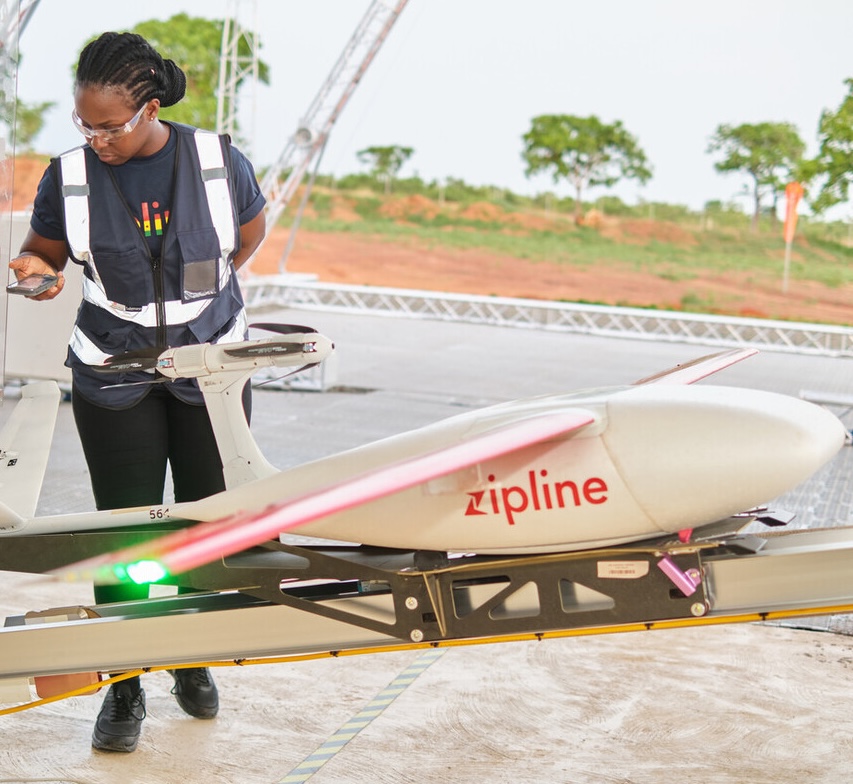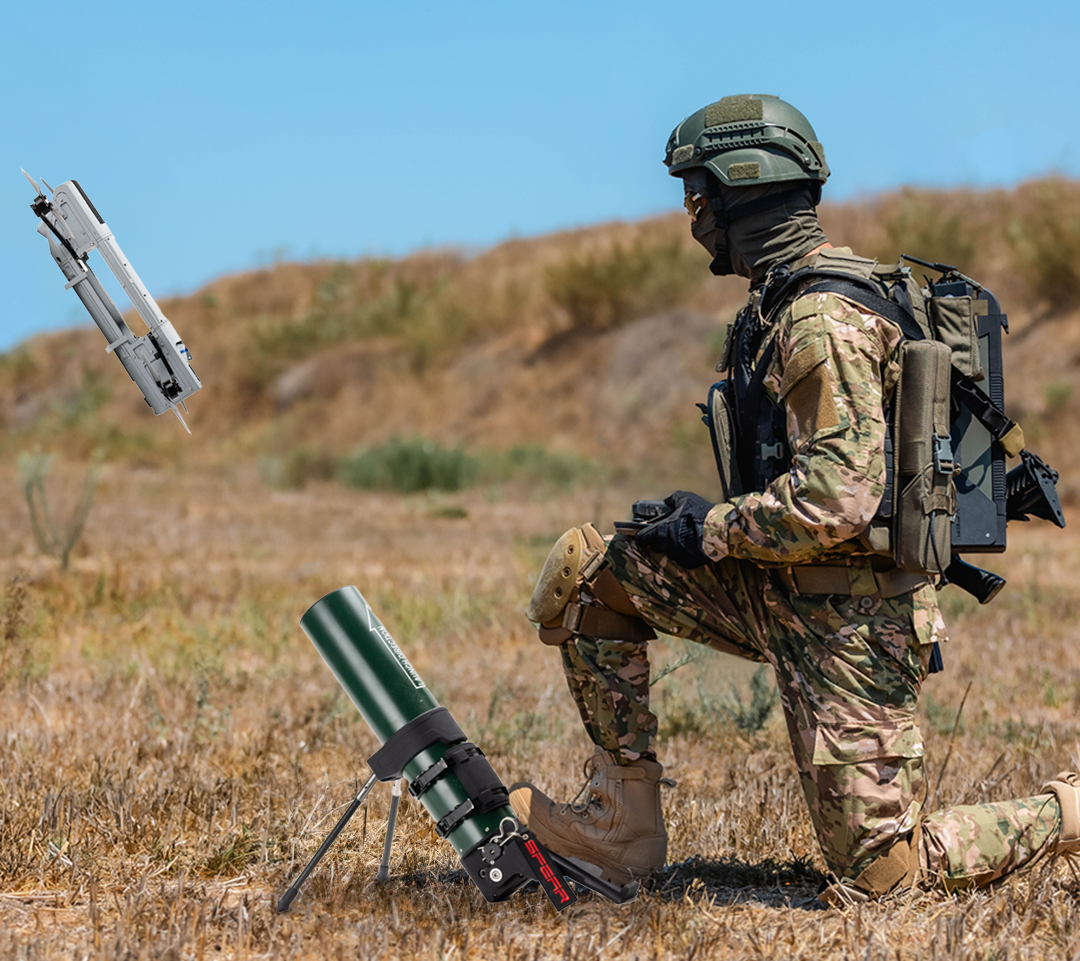Featured NewsTrending NewsPilot's Story: Boyang Zhou

14 August 2025
Back in October 2018, I certainly did not know what I was getting myself into when my high school friend invited me to accompany him on flying his drone. Fortunately, I mean this in a good way because this trivial seeming event changed my life. He bought a DJI Spark and wanted to have some fun flying around our gorgeous campus in southern New England.
When he took out his drone, I could not believe how tiny it was. That thing was smaller than my lunch box! When it took off, it sounded like an angry wasp. Once my friend took his fair share of photos and videos, he handed over the controller to me and taught me how to fly. It was a phenomenal experience. I have never felt such freedom before. It was as if I got reincarnated as a bird, now free to roam the skies. Even though my friend and I had diverging paths in life and the DJI Spark has long since gone extinct, the impacts of our interaction that day are perpetual and profound: I got addicted to flying drones.
Two months later, I was shopping with my mom in downtown Shanghai and we miraculously stumbled upon DJI’s flagship store. We went inside and I was stunned by the diversity of products DJI offered. DJI not only caters all levels of drone pilots from the professional Inspire 2 to the beginner friendly Tello but they also offer other products to cater the greater community of photography and videography enthusiasts like the Osmo action cameras and mobile gimbals. You should have seen the look on my face as I was exploring all the wonders they offered in that store. I looked like a kid going to Disneyland for the first time!
Watch!
Out of all of DJI’s amazing products, the Mavic 2 Pro caught my eye. Seeing how focused I was on reading all its specifications and scrutinizing its design, the staff members invited me for a test fight in a special area of the store. When I started the motors and the mavic took off, the hum of the propellers sounded like music in my ears (definitely a lower pitch than the Spark propellers) and I absolutely fell in love with it! Much to my surprise, my mom offered to buy it for me as a Christmas present and that marked the start of a truly magical journey.
Saying that I was obsessed with my new drone was an understatement. Whenever I was not focusing on school work and college applications, I devoted my time to learning everything I could about my new friend. I looked up DJI’s official tutorials regarding smart features the mavic has such as QuickShots, ActiveTrack, and return to home. While those features are very cool and useful, I still prefer to fly my drone manually as that is the operating method that hones a pilot’s skills the most as well as being the safest option since it is not unheard of for obstacle avoidance to fail. As the pilot in command, I would never put the safety of other people, myself, and my drone in the false belief that obstacle avoidance systems are perfect. Besides, I find a ton of joy in operating the drone manually myself. Indeed, I dedicated time to learning cinematic maneuvers like the parallax shot and crane shot on youtube and supplemented that new acquired knowledge with copious hours of practicing in local parks and athletic fields. Still there was no mistake that something was still from my creations. No matter how smoothly I operate the control sticks and try to diversify the types of shots I take, my videos simply look dull compared to the accomplished youtubers I looked up to such as Billy Kyle and Flying Filmmaker. After sufficient self-reflection, I realized why that was the case.
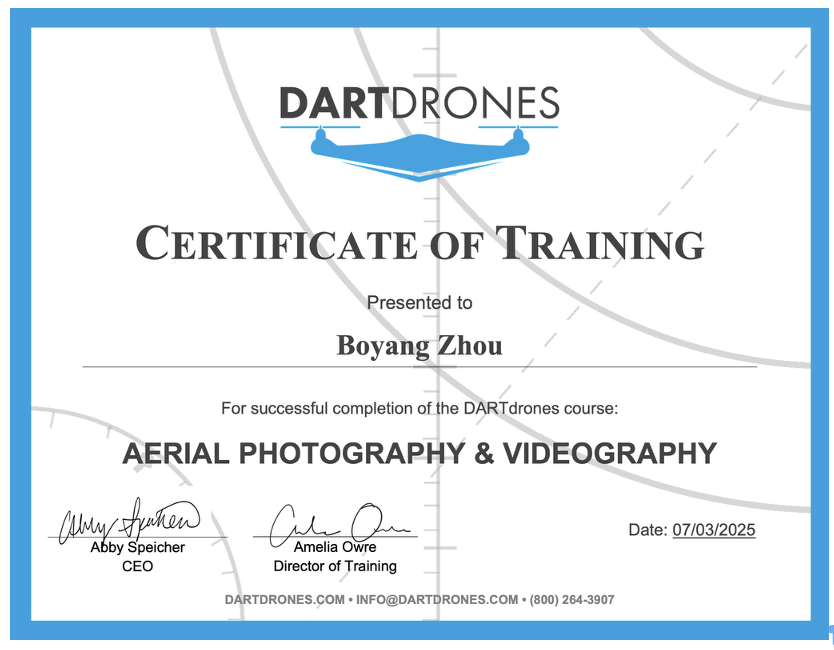
Simply emulating the cinematic moves is not enough. I had to make changes on the most fundamental level starting with where and when to film and of course my camera settings. After I enrolled in the DARTdrones aerial photography and videography course, I realized that I should avoid filming during noontime and do it instead during early morning or late afternoon. I should also position the camera with the sun behind it to avoid overexposure. In retrospect, these takeaways sound so intuitive but I just never paid attention to such details when I first started flying.
As for camera settings, I learned to switch over to manual mode permanently in order to have the greatest possible control over the desired shots and also for consistency. In the past when I relied on automatic mode, the exposure would change in the middle of a video and that makes the scene incredibly distracting. Furthermore, I learned to always take raw photos because they store the greatest amount of data and allow the most flexibility for post processing and also to film in D Log for videos because it offers the greatest dynamic range. As time went on, I picked up on more details that mattered to seasoned aerial cinematographers. For instance, I bought a set of ND filters to adhere to the 180 degree rule and still allow my videos to be properly exposed. Having made many efforts to improve my pre-production and production protocols, I then turned my attention to post-production editing, the final piece of the puzzle.
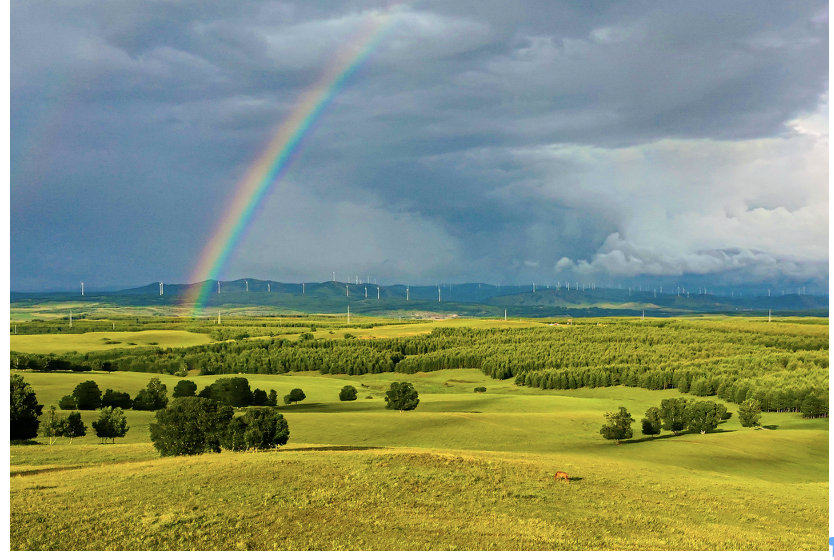
I began by purchasing final cut pro and adobe lightroom which would give me the best tools and resources for improving my editing skills. I watched youtube videos on color grading as well as those that explain all the different types of transitions and effects available on final cut pro that promise to bolster my cinematic storytelling. I downloaded the official LUTs from DJI’s website and that really made my videos shot in D Log shine. To give myself consistently challenging practice, I made it my goal to compose and fully edit all the videos I took to condense them into a short film whenever I travel to a new location.
Throughout the years, I have traveled to seven different countries with my drone that spans across Asia, Europe, and North America. Even more significant about my travels is the fact that they helped me cultivate my skills in every setting imaginable from bustling Midtown Manhattan to the towering snowy Alps to the treacherous canyons in the Tibetan Plateau looming over the surging Yangtze. My past experience with flying in the most exotic terrains adequately prepared me to be confident in whatever challenges future flights have in store for me.
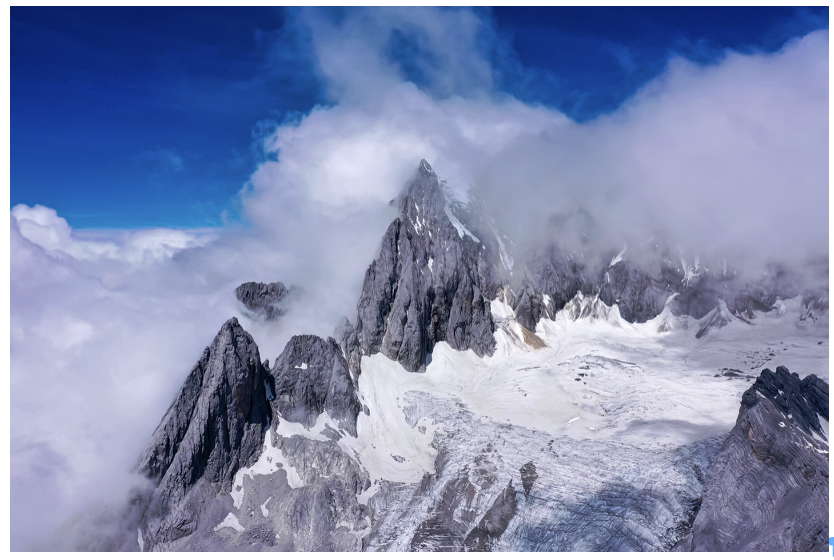
It does not matter whether I am filming somewhere abroad like Zermatt, Switzerland or back in my hometown Shanghai, aerial cinematography gives me the freedom to explore a single subject from an endless combination of angles. Even the most familiar sights to us can look stunning when viewed from a different perspective and that is exactly what I love about drones. They help us appreciate our surroundings and can turn even ordinary objects into a fascinating work of art!
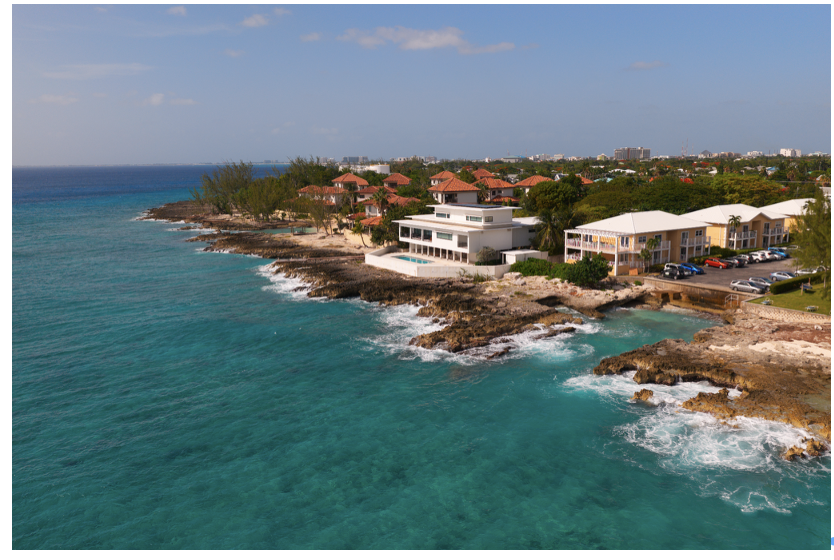
Fast forward to June 2026, my partner gifted me a Mavic 4 Pro as a graduation present. It was truly an amazing piece of technology. I soon realized that I am capable of much more than just shooting and editing aerial videos for fun. There is a plethora of applications for drones from real estate to event filming to site surveying. Then, I was overwhelmed by an insatiable desire to put my skills and experiences to good use by flying commercially to benefit the public. Without hesitation, I booked an appointment for the FAA Part 107 exam. After two weeks of self studying using helpful online resources like jrupprechtlaw.com, I passed the exam on my first attempt and received my license to fly commercially. I feel so blessed to have embarked on a career that I genuinely love and I am thrilled to see how I can make other people’s lives better through how I operate a drone.
